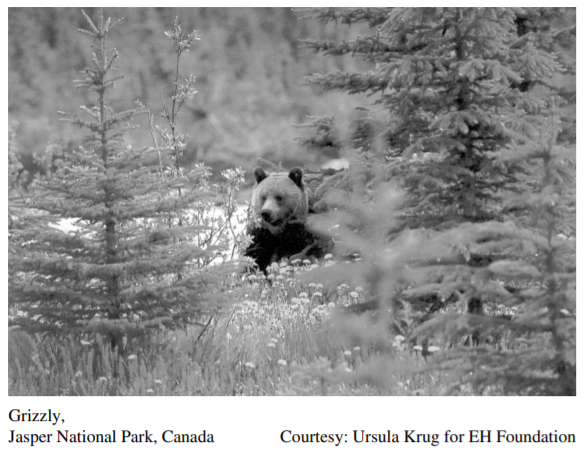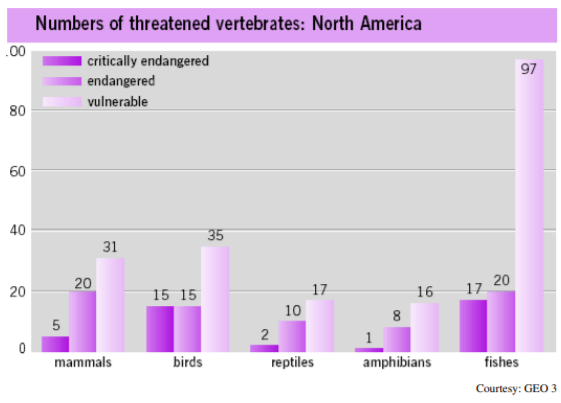Consitutional Impacts on Conservation – Effects of Federalism on Biodiveristy Protection (Canada)
Michelle L. Campbell* and Vernon G. Thomas**
1 Osgoode Hall Law School at York University, Toronto, Canada
2 University of Guelph, Guelph, Canada
* Co-corresponding author
**Co-corresponding author
EPL, Vol.32, Iss.5, pp.223-232, 2002


